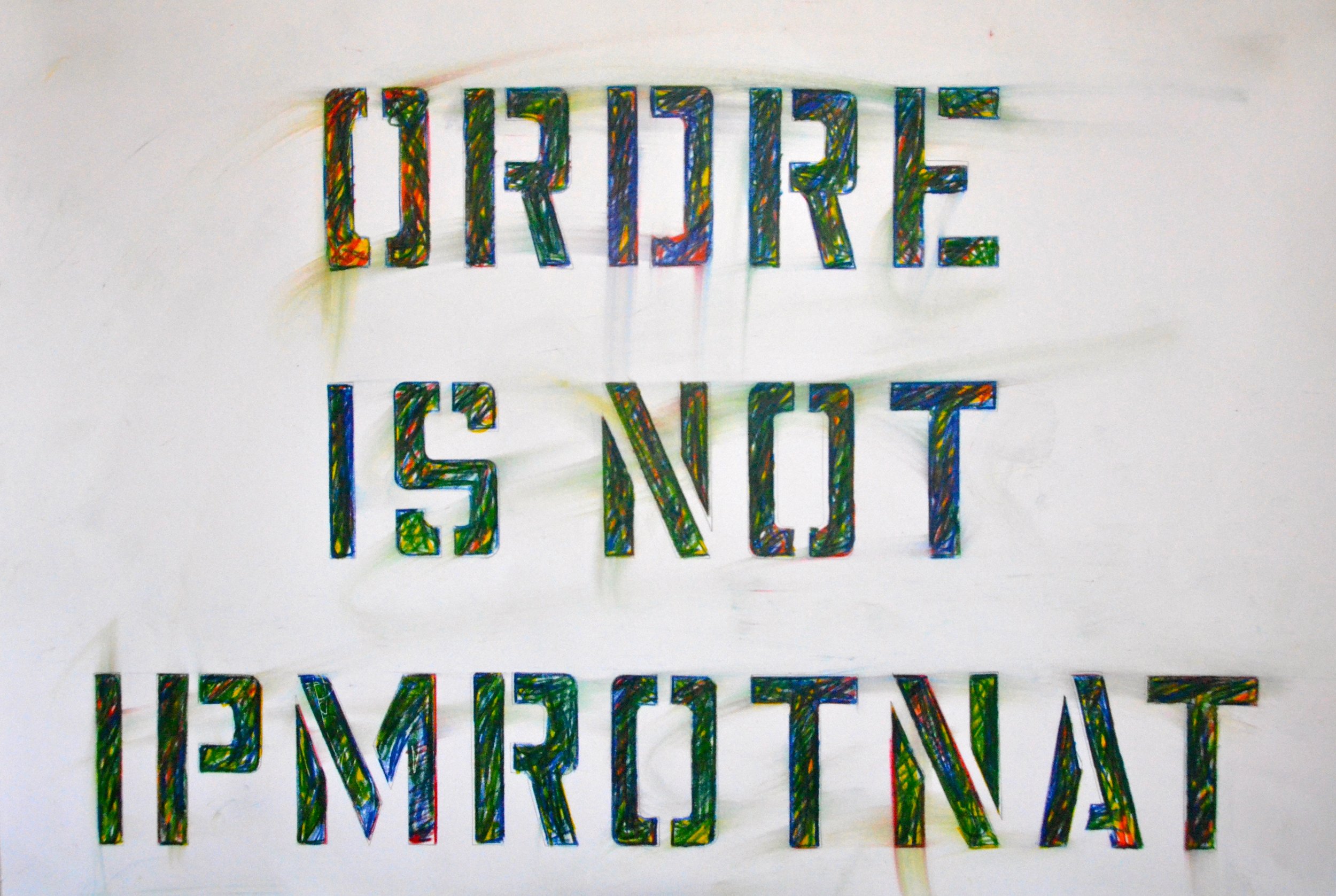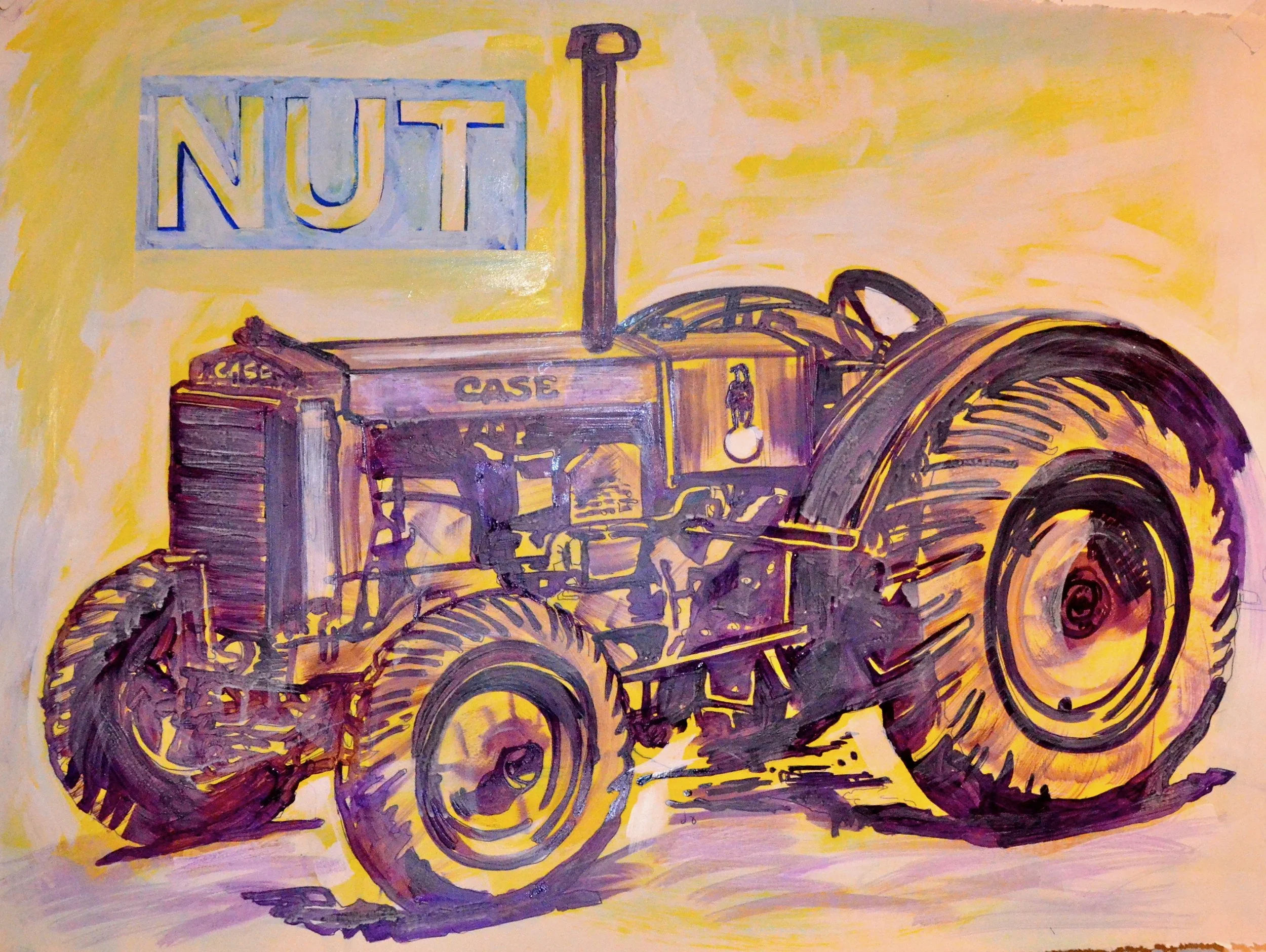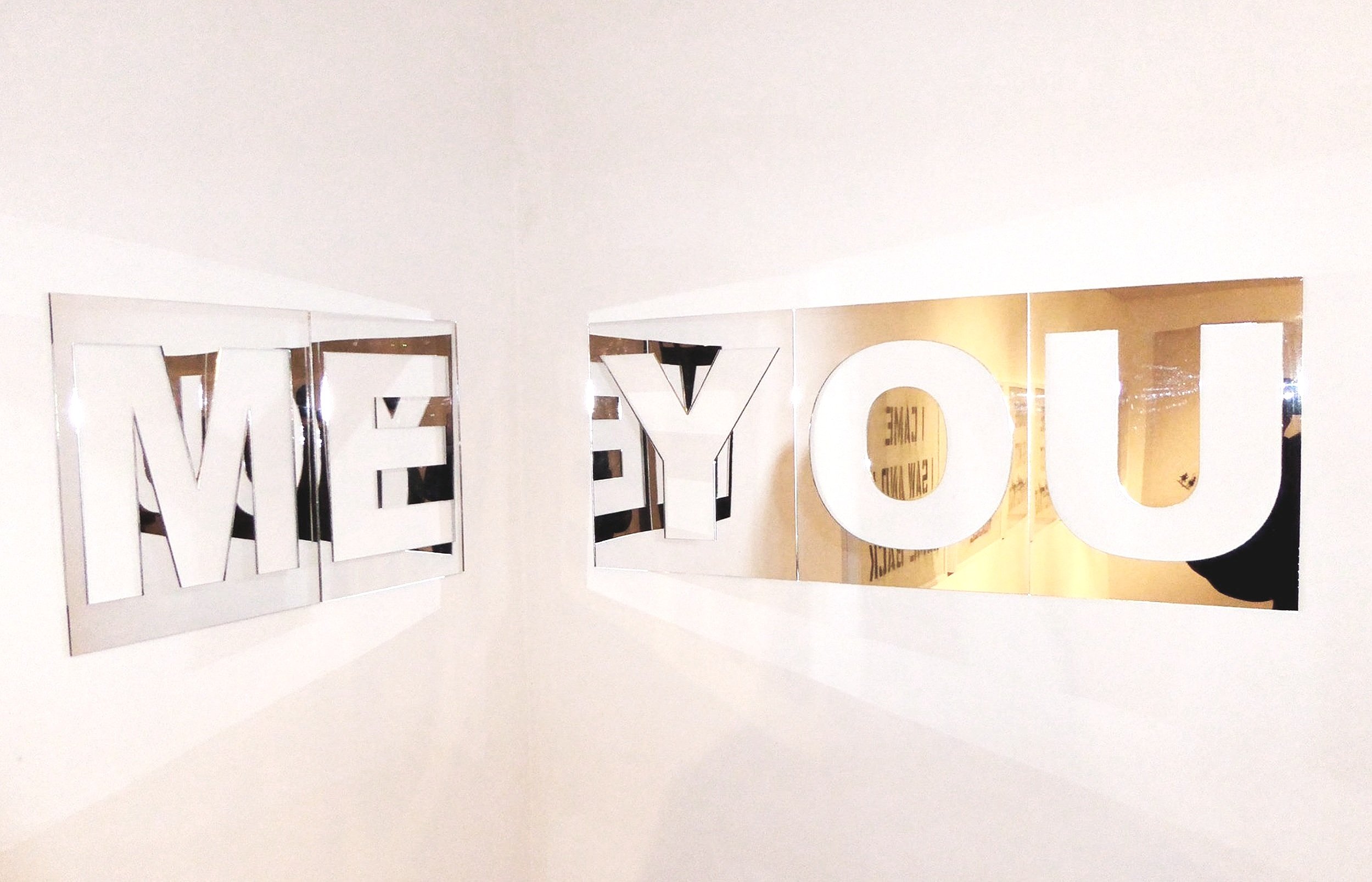% (middle) performance drawings paintings sculpture process
“Feyrabend” 2010
“Targets” 2011
“Red Light” 1998 (monoprint and lights)
“Shovel” 1994
2009
2013
2010
2013
2015
“El Quichote” 2015
“Gypsy shoe” 2011
“Africa”
“Irons” 1994 (Tar and smoke soot)
“Brittany” 2001 (Installation)
2001
2002
Patrice Lerochereuil Artist
By Christian Xatrec
Patrice Lerochereuil occupies a fairly singular position in the art world today. He is one the few artists driven by integrity, unconcerned with having to position himself vis-à-vis the art-business world, unconcerned also by the idea of commodifying his output or at least of prioritizing its commodification, packaging, and marketing over his desire to simply materialize it.
Since his arrival in New York from France in 1987, Lerochereuil has succeeded in connecting his art to his own life and realizing what might very well be the most illuminating definition ever given of ART: "Art is what makes life more beautiful than art." (Robert Filliou). It is this very idea that the fusion of art and life should be a prerequisite to more daring explorations which can be seen as the thread connecting each of Lerochereuil's individual works despite the different forms they take - sometimes painting, sometimes installation, drawing, performance, or photography.
Lerochereuil's art, like his own life and parcours (see note) is some kind of a romantic "derive," taking after Guy Debord, Raymond Hains, and Fluxus. It is also striking that his art seems to aim at occupying a precise space when and where it sees one worth filling, exactly no more than this space, no less, like this basketball traded with a stranger on the spot and on the spur of the moment for a bottle of whisky, which the artist then positioned between the clapping hands of La Guardia in the sculpture on La Guardia Place. He then recorded the moment photographically - two hands to be filled - just the space for a basket ball... no more, no less. In a sense (essence), this piece exemplifies the little concern Lerochereuil has in choosing/defining a medium for a piece. Is it a performance, an installation, a photograph? All / none of the above? What seems to matters to him most is the construction of the piece itself, building its own mythology, layer upon layer, while building his own. It is as if Lerochereuil were touring life, marking his trip each step along the way, proposition by proposition, work by work.
Editors note: “Parcours" - a French word meaning, "course" or trail.A parcours is a path with obstacles at varied intervals that you navigate using your body and brain, similar to steeplechase
Christian Xatrec is an artist living in New York - He is a director of the Emily Harvey Foundation (New York / Venice)
La Guardia
For many years I passed in front of this statue of La Guardia in New York, and I immediately saw his clapping hands as an invitation to place a ball between them. Since Fiorello was just a little bit above 5 feet, I thought a basketball was most appropriate. I had just bought a bottle of whiskey near Astor Place one day, when I saw a man with a basketball bearing the inscription "Franklin" and decided to trade my whiskey for the ball (As it happens, Fiorello was an outspoken critic of prohibition and testified before the senate!)
A few days later, I placed the "Franklin" basketball between the hands of the "Little Flower" where it remained for at least a few days before it disappeared.
American Flag
This dark grey and white American flag is painted on canvas. Loudspeakers replace the 48 stars from the 1912 flag. From the speakers are coming different sounds: the Rolling Stones, shamanic song, Italian women, anarchistic songs etc..
Ingres’ violin
Violin case, brush, acrylic paint, containers, collection of the artist, photography by Ootoe Boe.
“Ingres's pastime - other than the one he was well known for: painting - was to play the violin - sharing his passion with his friends Paganini, Gounod, and Liszt.
I have always been fascinated by the fact that during his life, Ingres always showed more enthusiasm towards the practice of his instrument than he did toward his art and that he generally preferred to play the violin badly to his visitors instead of showing them his paintings.”
Work and Process
By Patrice Lerochereuil
If I were to describe my work, I would call it "a field of approximative discoveries." I try to approach and clarify what seems to me necessary and fundamental but pretty much useless in our society’s value system today. I realized early on that the idea of capturing a meaning or the effect of a thought is impossible. This makes the origin of each piece very subjective. I have always relied on my own sensibility and on what I consider important.
I've always prioritized thoughts/feelings over word formulations, and as an artist concerned with process, origination over final product. This dialectic simply implies the conflicts inherent in our efforts to communicate what is essential to us. For me it is more a matter of balance, as well as sways and back and forth adjustments.I do not choose one medium over another. I simply live with the fear of missing some possibilities by not experimenting with other media(performance, painting, video, writing etc...).
For example, my piece "Partir c'est crever un pneu," -- where I stand before an audience and blow into a tube (a replica of Marcel Duchamp’s Bicycle Wheel 1913 Readymade) -- would not have had the impact I was looking for, had I not chosen to realize it as a performance. This hedonistic state beloved by Marcel Duchamp-- a state where I find myself engaged in an action which implies exhibitionism and public voyeurism -- and, of course, my attachment to Duchamp's work, were the genesis of the piece.
For many years I performed and didn't want any photos or recordings of my actions because I wanted to preserve the volatile quality of these "moments:" if they were contingent and vaporous, then let them evaporate entirely. While I enjoy the intimacy of the studio very much, other parameters emerge when I paint or draw. The concretization of an idea can come from the outside world, in what might appear as the most unlikely places like bars and nightclubs, where inebriated pals are often re-thinking the world, exactly like artists do. As the French artist Robert Filliou once said, "one must rehabilitate the bar’s geniuses.”
When I arrived in New York in 1987, I "surveyed" the Bowery where many drifters used to hang out in these dive bars. It was there that I gathered more information about New York and the art world than I would have at any of the city's visitor information centers. Most of these drinking establishments are closed now. They were my source of inspiration, a sort of palette of colors. Ideas can come from different angles by listening, reading, observing, exchanging etc. I have little to do with the preoccupation of a painter or a sculptor in any traditional sense. I am less concerned by the problematic of color, form, support, or material than by the formulation of a thought, even if it never materializes. I am more interested in redefining ways for the public to look at art than in merely depicting /describing something. There are more paintings in museum storages than there are hanging on museum walls. I often like to think that this is fortunate. First of all, because some of these pieces will probably not be of more significance to me than the ones I already know, but also because I tend to think that our cultural heritage is to be found in everybody’s minds rather than in cultural institutions.
As for the major influences on my work, I think I have been influenced by different sensibilities, by different people. I would start with some of my early teachers, who gave me a real approach to art history, my mother, a great draftswoman whose vision of the world made a big impression on me. Then there would be artists I met later - mostly Fluxus artists or artists affiliated with Fluxus: Dick Higgins, Jean Dupuy, Wolf Vostell, Dieter Roth etc but also by friends here and overseas.
All in all, I would say that Dada, Fluxus, and the Situationist movement were and still are my most important cultural references.
I like to tell stories, listen to them, create mental spaces. These "travels" lead to pictures and originate some of my work.
A French pun meaning simultaneously "Leaving is a bit like dying." and "Leaving is having a flat tire.”
“House of Wisdom” 2000
“Versailles” 2012
“Elegants” 2015
Zurich 2009 (Performance)
“Saturnin” 2016 (Performance)
“Hommage to J.Cage”
“Le violon qui pisse” (Drawing)
“Le violon qui pisse” (Object)
“Ying-Yang”
“Death of Narative Figuration” 2010
“Nut” 2014






































